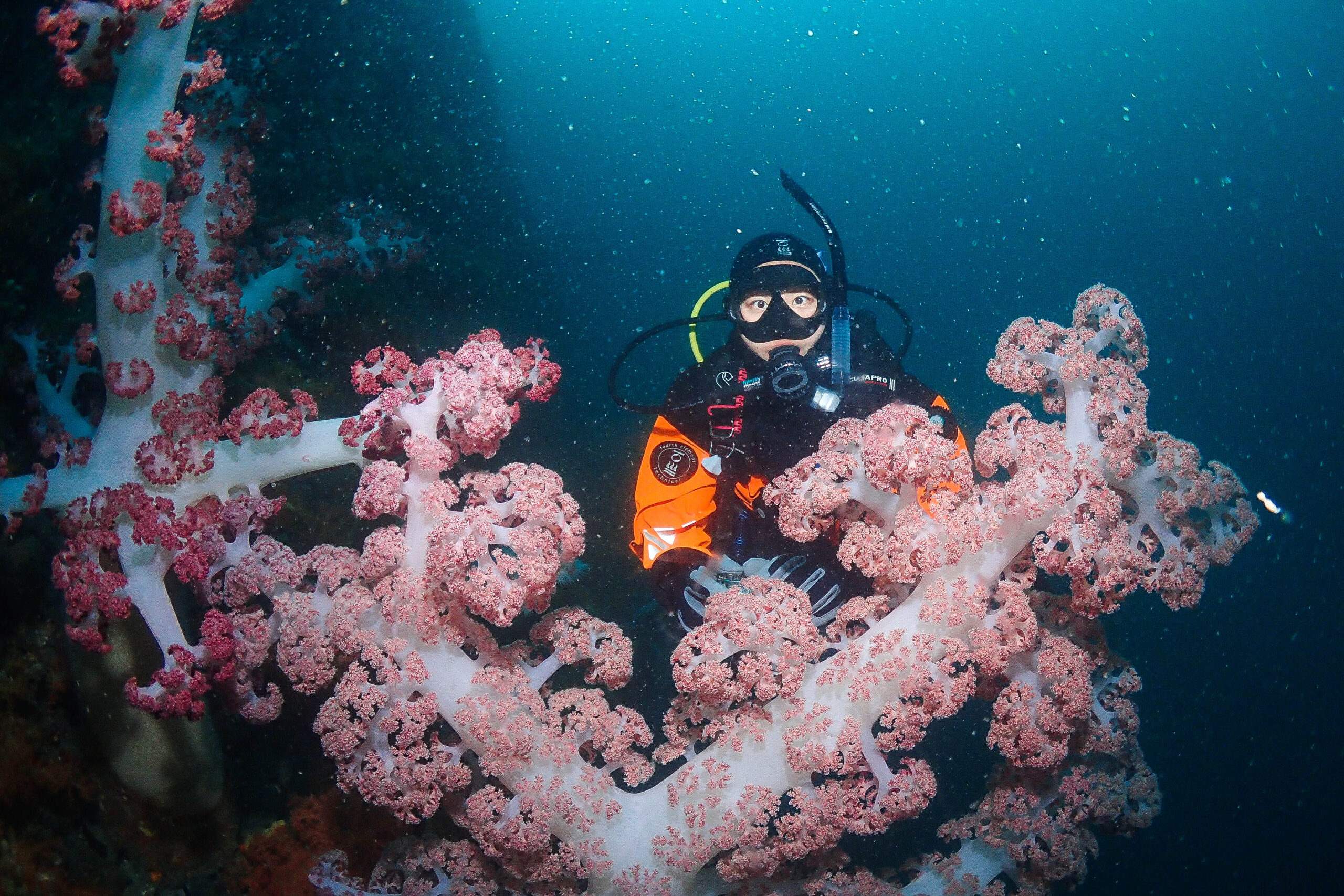If you don’t want to be outside on a rainy Tokyo day, one of the best options is the Tokyo Samurai Museum. Located in the Shinjuku district of Tokyo, the museum has an entrance fee and is a guided tour for a few hours. I recommend visiting with a guide because you can get detailed information about Samurai swords and armor from different periods of Japan history.

Our morning in Tokyo started out sunny and beautiful, but before noon it started to rain heavily and we were looking for what to do nearby when we saw that the Samurai Museum was within walking distance and we set off.

Samurai literally means ‘to serve’. Formed in medieval Japan in the 12th century, these elite soldiers gradually gained prominence and influence in society. Samurai adhere to a code of ethics known as Bushido, literally ‘The Way of the Warrior’, which emphasizes loyalty, honor and self-discipline, and they make no compromises.

Known as “Yoroi” or “Kabuto”, samurai armor is carefully crafted from materials such as iron, leather and polish. It is made up of various components such as helmets, breastplates and calf armor, designed to provide protection in battle and also to symbolize the wearer’s status and identity. Samurai wielded a variety of weapons, including katana (long sword), wakizashi (short sword), tanto (dagger), yumi (bow) and naginata (polearm), so if we lived in that era, we could tell a samurai’s rank by the decorations on his or her body.

We can see the samurai as a truly elite group of soldiers. From a young age, they received rigorous training in martial arts, swordsmanship, horsemanship, archery and strategy, as well as literature, poetry and philosophy, reflecting the ideal of “bunbu ryodo” (unity of literary and military arts). They served the feudal lords known as “daimyo” and had duties such as maintaining law and order, protecting their lands, and protecting the honor and prestige of their clans.Of course, these are the results of the decentralized system created by the Feudal period.With the decline of the feudal system in the 17th century, the decline of the Samurai began.Because in this period, civil wars ended and stability increased.As such, the Samurai were no longer needed and were completely abolished in the 19th century.


There was a question that I had been waiting for the right moment to ask throughout this whole tour, but it got there before I could ask it. Harakiri or Seppuku is when samurai commit suicide when they fail or when they have to defend their honor. It is usually resorted to in order to avoid being captured by the enemy and being mistreated and having to take orders from the enemy. Other than that, if a samurai wanted to commit hara-kiri as a penance for a mistake, the samurai would first write a farewell poem and then put on white clothes and kneel down, and another samurai would perform Seppuku. Sometimes hara-kiri was done out of loyalty, as in the case of 47 Ronin. When they told me this, I had the impression that it was very common among samurai, but our guide explained that it was not.

After our tour of the museum I realized that I didn’t know anything about the Samurai and it was definitely worth the trip. It’s still overcast but the rain has subsided. Now we’ll find a restaurant with homemade noodles in a side street and then we’ll go visit Hachiko…











